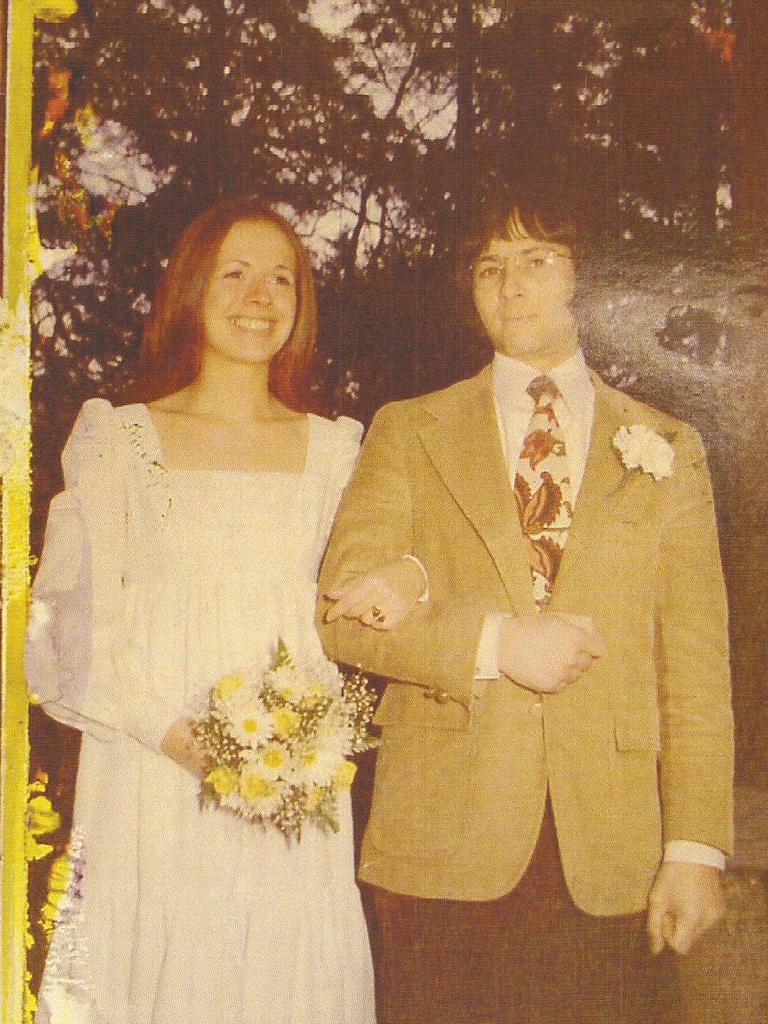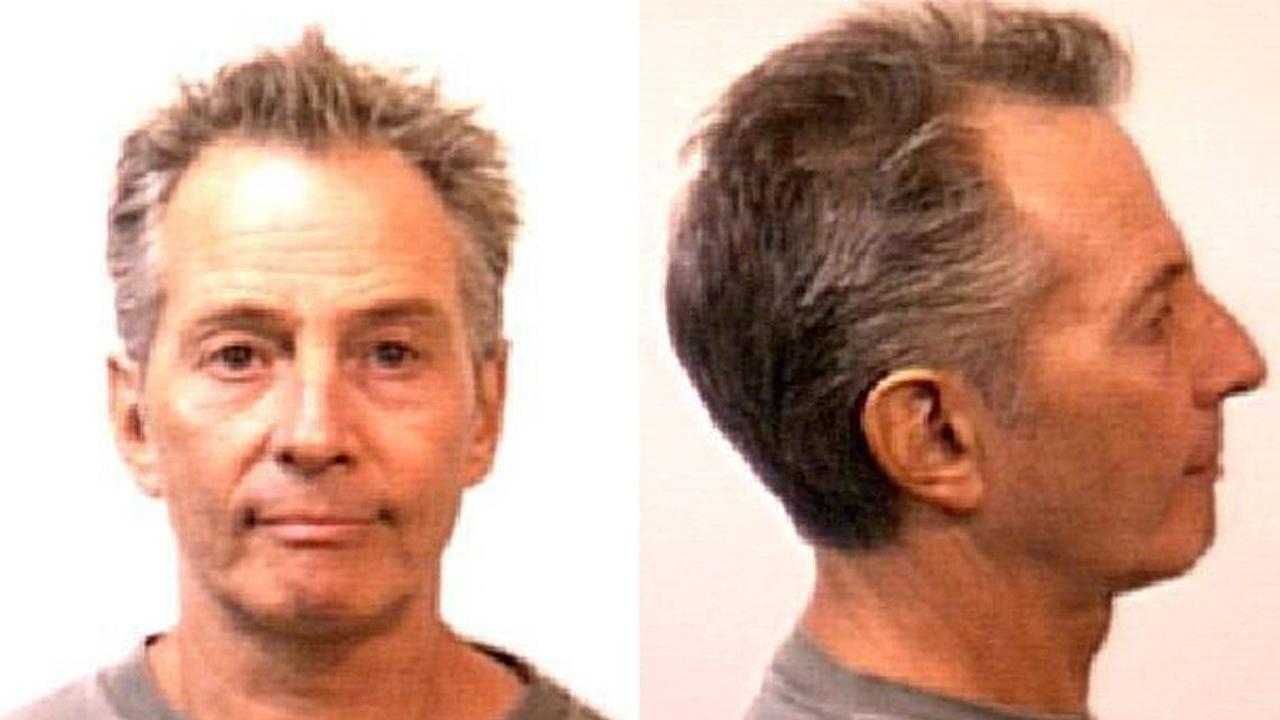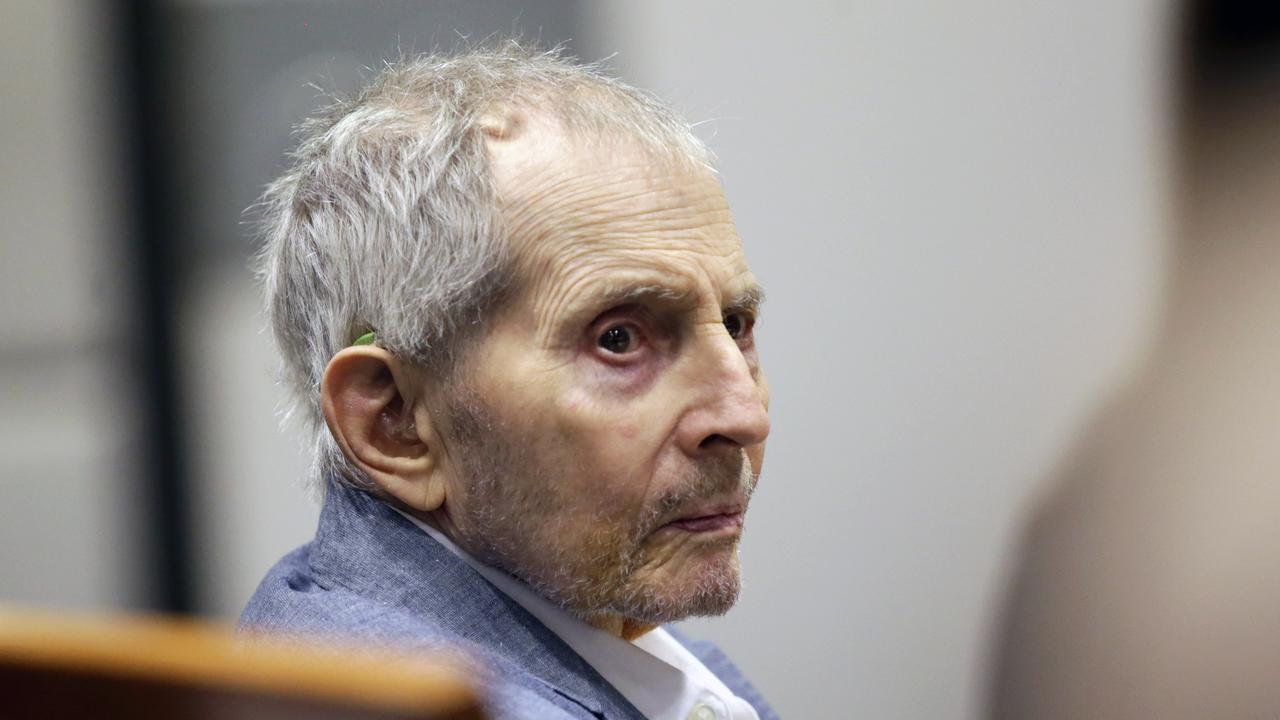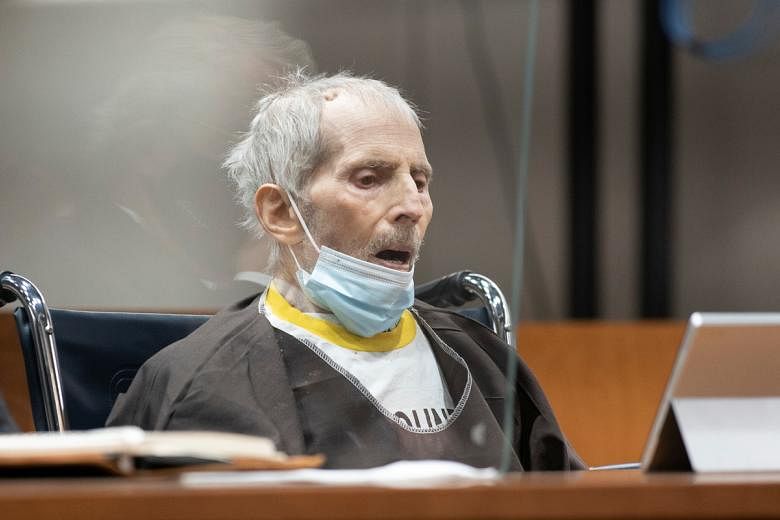A man famously caught muttering “(I) killed them all” after forgetting he was wearing a live microphone has finally been put away.
8 min read
September 18, 2021 - 11:14AM
https://www.news.com.au/entertainme...l/news-story/26ca2a8a92e255c7dd7d994724864863
New York real estate scion Robert Durst faces life in prison after being found guilty of first degree murder for killing his longtime friend Susan Berman by a Los Angeles jury.
Prosecutors argued Durst, 78, shot and killed confidante Berman at point blank range in 2000 to prevent her from telling police about a fake alibi she provided after his wife Kathie disappeared from Westchester County in 1982.
Berman allegedly made a suspicious phone call to the dean of Kathie’s college the night she was last seen, impersonating the missing woman to tell the educator she would be out sick the next day.
Although he was only tried for Berman’s murder, prosecutors made the argument that he killed Kathie, and planned to flee the country after an incriminating HBO documentary about the murders aired.
Durst famously appeared to confess to the murders during the miniseries
“The Jinx: The Life and Deaths of Robert Durst”, which you can watch on Binge in Australia.
“Killed them all, of course,” Durst was caught muttering to himself on a live microphone.
The show also exposed him lying about writing a note that directed cops to Berman’s corpse.
Deputy District Attorney John Lewin argued to jurors that Durst was a privileged multimillionaire who had no problem killing people when he was backed into a corner.
“Bob Durst is not crazy. He’s not some nut job serial killer who goes around killing for the thrill of it,” Lewin said.
“Don’t let this narcissistic psychopath get away with what he’s done.”
Robert Durst testifies in his murder trial at the Inglewood Courthouse on August 9, 2021. He testified that he did not kill his best friend Berman. (Photo by Gary Coronado-Pool/Getty Images)
This rubber latex mask was donned by Robert Durst when police arrested him along with a fake ID and more than $42,000 in cash. (Photo by Al Seib – Pool/Getty Images)
Durst was arrested in 2015 in New Orleans a day before the final episode aired in 2015, donning the elaborate head-to-shoulder prosthetic mask to conceal his identity, along with a pile of cash, a gun and a map of Cuba.
The trial began in the spring of last year but was paused for 14 months during the pandemic.
Kathie vanished from New York in 1982 where she’d lived with Durst – he’d grown up in the city as the heir to one of the wealthiest and most powerful real estate dynasties in the country, with an estimated fortune of $7.6 billion.
Although Kathie’s relatives claim Durst killed and butchered her, Kathie’s body has never been found, and he wasn’t charged with the crime.
Years later, Durst was found guilty of killing and dismembering another person, Morris Black – but he wasn’t found guilty of murder, claiming self-defence.
Durst was living in hiding at the time of Black’s death and had even disguised himself as a woman when cops found Black’s body parts floating in the waters of Galveston Bay, Texas.
This is how Robert Durst finally ended up being convicted of murder.
‘Practised killing and butchering on pet dogs’
Robert Durst with first wife Kathie. Picture: HBO/Foxtel
The Jinx: The Life and Deaths of Robert Durst led to a new murder charge against Durst (pictured). Picture: HBO
Durst was the last person to see his first wife Kathie, a trainee paediatrician, alive.
But earlier in the evening of January 31, 1982, she’d been at a dinner party with friends when she got a call from Durst and suddenly had to leave.
No one ever saw her again — she was 38 years old.
A few weeks earlier, she’d been treated for injuries on her face that she told friends Durst had inflicted on her.
So it was no surprise when suspicion quickly fell on Durst, who’d just ended a three-year affair with Prudence Farrow, but there was no hard evidence to prove he killed Kathie.
In 2015, Durst’s brother Douglas, who took over the family’s business empire when their father died, shared a gruesome theory about what happened.
“Before the disappearance of my sister-in-law (Kathie), Bob had a series of Alaskan malamutes, which is like a husky,” Douglas Durst told The New York Times.
“He had seven of them, and they all died, mysteriously, of different things, within six months of his owning them. All of them named Igor. We don’t know how they died, and what happened to their bodies.
“In retrospect, I now believe he was practising killing and disposing his wife with those dogs.”
Douglas thinks he was killing the dogs because he’d heard a recording of Durst using the dogs’ name as a verb, saying he wanted to “Igor Douglas”.
But without a case to prosecute, the trail for Kathie went cold — but the hunt to prove Durst was a killer was just beginning.
The damning ‘cadaver’ letters
Undated police handout image of fugitive Robert Durst.
Fast-forward two decades and a mysterious letter dropped through the letterbox of a Beverly Hills police station.
The anonymous note contained only a local address and the word “cadaver” — it was December, 2000.
Officers decided to check what was at the address.
Sure enough, the stench of rotting flesh hit them as they opened the door to find the decaying corpse of 55-year-old Susan Berman inside — she’d been killed days earlier.
Berman was shot in the back of the head with a pistol from point-blank range inside the house, which friends found odd because she never opened the door to anyone, even the postman.
They theorised that she must have known the gunman to let them inside, and felt safe enough to turn her back on them.
Berman was an old friend of Durst’s and she’d acted as his unofficial spokeswoman during the media storm when Kathie went missing.
But some have since claimed that Berman was more than just a friend, acting as the accomplice in the disappearance and apparent killing of Kathie, providing Durst’s public alibi.
Prosecutors argued Durst carried out the execution-style shooting of Berman because he was worried she was about to betray their diabolic plot.
Berman’s killing came just days before she was due to meet with investigators, who’d recently reopened the case into Kathie’s disappearance.
But just as with Kathie, there wasn’t enough evidence to charge Durst with Berman’s death, although he was in the same state as her around the time of her death and had sent her thousands of dollars shortly before she was killed.
But the payments and curious travel timings weren’t the only unusual things Durst was up to at the time.
When he’d caught wind of the new police probe a few months earlier, he rented a small apartment in Galveston, Texas, posing as a mute woman.
Wearing a wig, he communicated with the landlord at the property through scribbled messages called himself “Dorothy Ciner” — the name of a school friend he hadn’t seen in decades.
Durst, who was diagnosed with possible schizophrenia as a child, wanted to hide.
But less than a year later police came knocking at “Dorothy’s” door for another, different, blood-soaked killing.
Mangled body parts dumped
On December 30, 2001, a dismembered torso was found floating in the Galveston Bay.
The body belonged to Morris Black, 71, who’d lived in the apartment across the hall from “Dorothy” – other body parts were later found in the waters, but Black’s head was never found.
Residents near Black’s home said they’d seen Durst, who was often seen going in and out of “Dorothy’s” apartment, loading bags into a silver car on the night before Black’s body was found.
When police traced the vehicle and pulled Durst over days later, they found a bow saw in his car.
It was clear that he was “Dorothy” all along and, inside his rented apartment, they found evidence of a crime.
As well as a spent bullet casing and packaging for a knife in Durst’s rubbish, there was also a small cut in his kitchen floor’s linoleum.
Blood had seeped through and covered the floorboards underneath — cops charged Durst with Black’s murder and set his bail at an eye-watering $460,000.
Eccentric millionaire Robert Durst stands with his lawyers in a Galveston court in 2003 after a jury found him not guilty of murdering and dismembering his neighbour Morris Black.
Busted stealing a sandwich
Because of his staggering personal wealth, Durst was able to post his bail and flee Texas, becoming a fugitive in October 2001.
But astonishingly, while on the run for suspected murder, he was caught shoplifting in a Pennsylvania supermarket the next month.
Security guards grabbed him when they saw him trying to leave the shop without paying for a plaster and a chicken sandwich — even with $750 cash on him.
When police arrived, they searched his car — which he’d rented using the name “Morris Black” — and discovered over $50,000 inside, along with a stash of cannabis and two loaded pistols.
Hauled back to Texas, Durst was made to stand trial for the murder of Morris Black.
And incredibly, while he admitted to shooting Black in the head, he said it happened in self-defence during a struggle over the gun.
Durst even admitted cutting up Black’s lifeless body with two saws, an axe, and a knife.
“I did not kill my best friend,” Durst declared during the trial. “I did dismember him.”
When asked if he cried while butchering his “best friend”, Durst claimed he remembered nothing about the grisly act because he was high and drunk at the time.
Prosecutors couldn’t conclusively disprove Durst’s story about the struggle because Black’s head wasn’t found.
Astonishingly, despite being found guilty of evidence tampering for dismembering and dumping Black’s body in the bay, he was found not guilty of murder.
After pleading guilty in 2004, Durst was given five years for cutting up Black’s body and two counts of bail jumping – but he was given credit for time served and was paroled in 2005.
Refusing to go quietly
Robert Durst during his murder trial. (Photo by Alex Gallardo-Pool/Getty Images)
When he was finally free from prison and rid of his legal troubles in 2006, you might think Durst would try to live a quiet life away from the public eye.
But he continued to crop up in the public’s attention.
A film loosely based on Durst’s life starring Ryan Gosling called
All Good Things was released in 2010.
And three years later he was arrested for trespassing while lurking outside the homes of his relatives — they’d taken out protection orders against him claiming they were scared of him.
Strangest of all was an incident in 2014 where he walked into a pharmacy in Houston and was recorded urinating on one of the displays.
But he’s now best-known for appearing in Andrew Jarecki’s documentary series The Jinx a year later.
Against his lawyers’ advice, Durst let Jarecki and his team have unrestricted access to his personal records and agreed to several interviews on camera about his first wife’s disappearance and the murders of Susan Berman and Morris Black.
That’s when his new-found freedom started to unravel.
‘There it is — you’re caught’
During the documentary, Durst reignited suspicions he was a murderer.
On camera, Durst was shown a copy of the anonymous handwritten “cadaver” letter sent to police saying where Berman’s body was.
He described it as something “only the killer could have written”.
Durst was then presented with a second newly discovered letter from Durst to Berman sent before she was murdered.
The handwriting was identical and both letters even had the same misspelling of “Bevereley” Hills.
Durst immediately started burping like he waa going to throw up, and was later heard saying to himself, “There it is – you’re caught,” when he thought he was alone in a bathroom.
The microphone also caught him saying, “What the hell did I do? Kill them all, of course”.
Cops arrested him on the same day the famous final episode of the documentary was broadcast in 2015.
He was found staying under a false name in a hotel room in New Orleans where police also found several ounces of cannabis, a neck-to-head latex mask, a gun, and over $60,000 in cash.
At the time of the arrest, Durst was estimated to be worth around $170 million.
Jurors were shown clips of the documentary, which prosecutors argued proved Durst murdered Susan Berman because she knew too much about Kathie’s disappearance.
After being found guilty, he faces life behind bars.
— New York Post with The Sun













